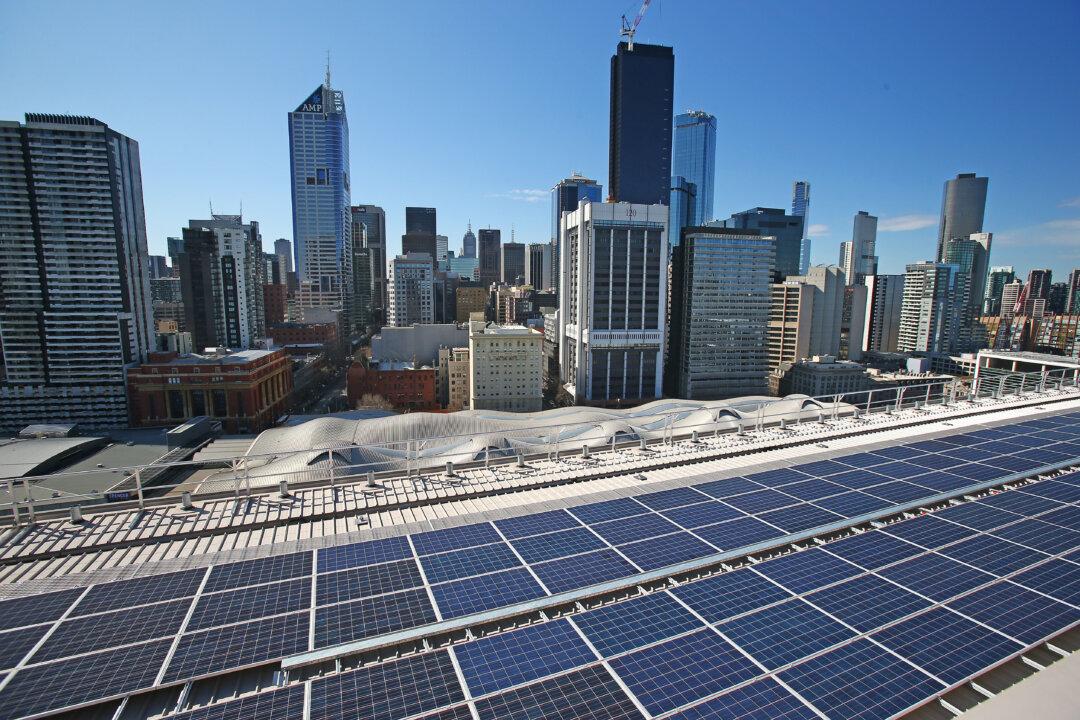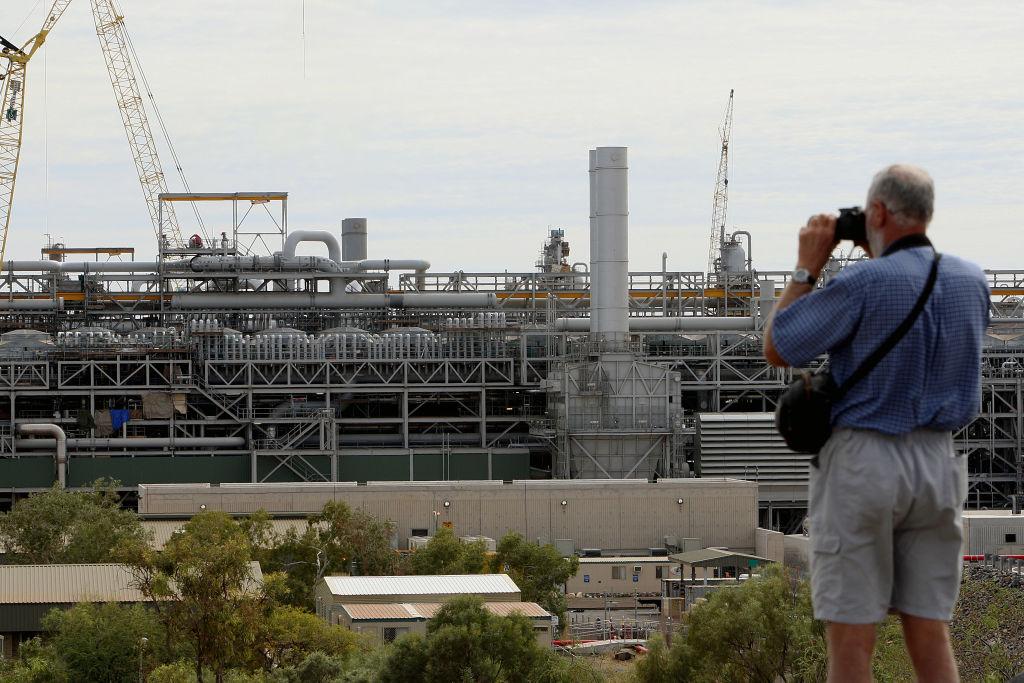Commentary
Methane is the third most significant greenhouse gas in the atmosphere, behind water vapour and carbon dioxide. It has a stronger effect than the notorious carbon dioxide but is present in much smaller quantities in the atmosphere (less than two parts per million, compared to four hundred parts per million for CO2).





